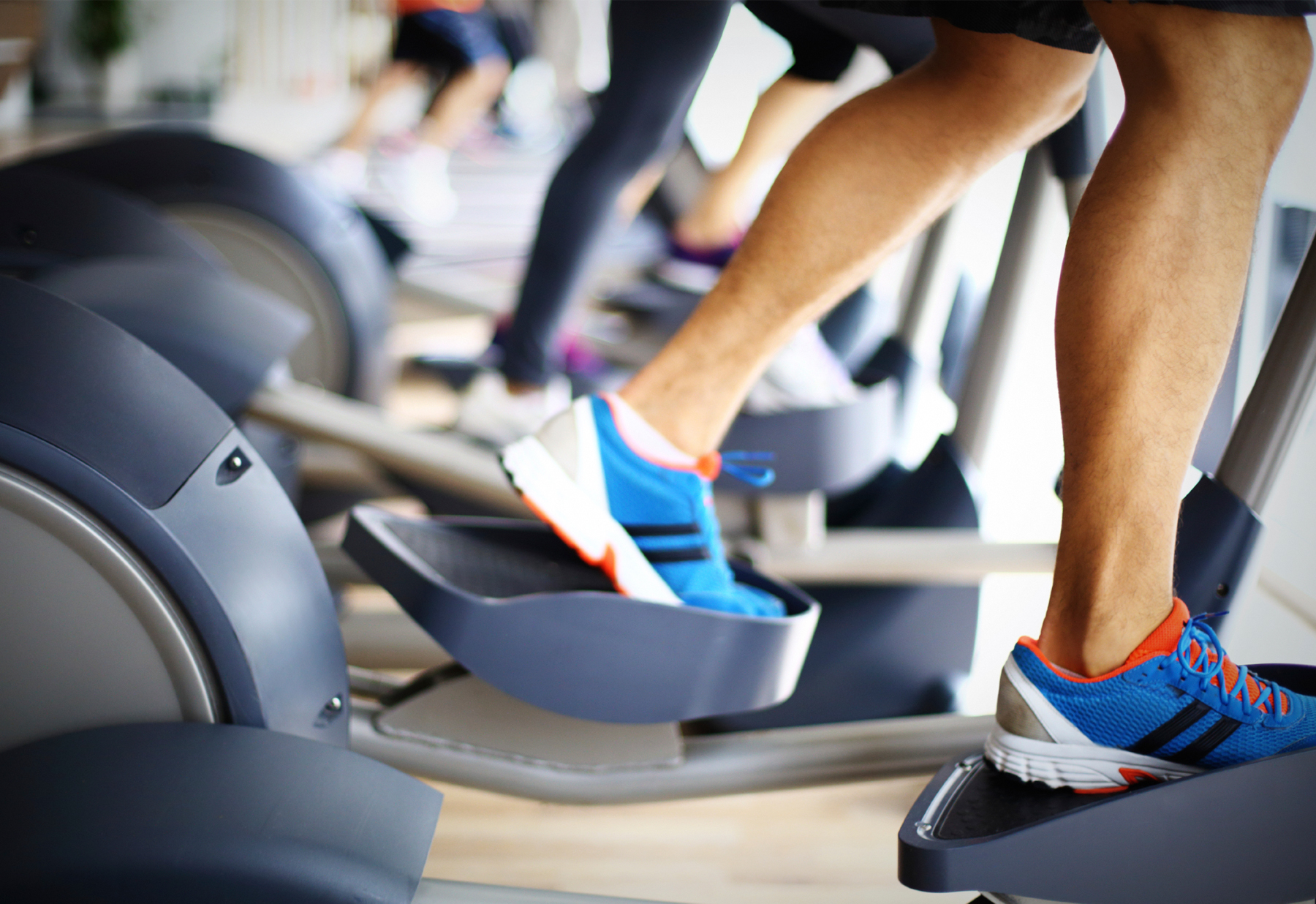Dealing with knee pain can be a formidable challenge, especially when it comes to maintaining a regular fitness routine. However, the good news is that staying active is still possible with low-impact workouts that are gentle on the joints. In this article, we'll explore a variety of exercises that provide an effective workout while minimizing stress on the knees, offering a path to fitness that is both achievable and beneficial for those managing knee pain.
1. Cycling: Pedal Your Way to Fitness
Cycling is an excellent low-impact exercise that allows you
to get your heart rate up without putting excessive strain on your knees.
Whether using a stationary bike or cycling outdoors, this activity provides a
smooth and controlled range of motion, helping to strengthen the muscles around
the knee joint.
2. Swimming: Dive into Joint-Friendly Exercise
Swimming is a low-impact, full-body workout that offers
buoyancy, reducing the impact on your knees. The water's resistance provides a
gentle way to strengthen muscles and improve cardiovascular health. Consider
swimming laps, water aerobics, or even water walking for a refreshing and
effective workout.
3. Elliptical Training: Mimic the Stride, Minimize Impact
The elliptical machine provides a low-impact alternative to
running or jogging. It allows you to mimic the motion of running without the
harsh impact on your knees. This cardiovascular exercise engages various muscle
groups, making it an efficient and joint-friendly option for individuals with
knee pain.
4. Yoga: Gentle Stretching and Strengthening
Yoga is renowned for its ability to improve flexibility,
balance, and strength while being gentle on the joints. Focus on poses that
promote knee health, such as gentle stretches, seated postures, and yoga flows
designed for individuals with joint concerns. Always inform your instructor
about your knee condition for personalized modifications.
5. Strength Training: Targeted and Controlled Movements
Engage in strength training exercises that target the
muscles around the knee joint. Leg raises, hamstring curls, and seated leg
presses are examples of controlled movements that help build muscle without
excessive stress on the knees. Use resistance bands or light weights to add
intensity gradually.
6. Rowing: Low-Impact Total Body Exercise
Rowing is an effective low-impact workout that engages
multiple muscle groups while minimizing stress on the knees. Whether using a
rowing machine or rowing in the water, this exercise provides a cardiovascular
boost while promoting joint mobility and muscle endurance.
7. Tai Chi: Flowing Movements for Joint Health
Tai Chi is a low-impact exercise that combines flowing
movements, balance, and mindfulness. The slow and controlled nature of Tai Chi
is gentle on the knees, making it an ideal option for improving joint
flexibility, reducing stiffness, and promoting overall well-being.
8. Pilates: Core Strength and Stability
Pilates focuses on core strength, stability, and controlled
movements, making it a low-impact exercise suitable for those with knee pain.
Incorporate exercises that emphasize core engagement, such as leg circles, leg
slides, and seated leg lifts, to strengthen the muscles supporting the knees.
9. Stationary Rowing: Gentle Cardio for Knee Relief
Stationary rowing provides a seated, low-impact
cardiovascular workout that is easy on the knees. The controlled back-and-forth
motion engages the lower body and promotes cardiovascular health without
subjecting the knees to excessive stress.
10. Seated Exercises: Modify for Comfort
For individuals with severe knee pain, seated exercises can
be a viable option. Seated leg lifts, seated marches, and seated leg extensions
allow you to engage your muscles without putting weight on the knees. These
exercises can be performed in a chair or on the floor with back support.
Conclusion: Prioritizing Joint Health in Your Fitness
Journey
Maintaining an active lifestyle is crucial for overall
health, even when managing knee pain. By incorporating these low-impact
workouts into your fitness routine, you can build strength, improve
flexibility, and boost cardiovascular health without exacerbating knee
discomfort. Always consult with a healthcare professional or fitness expert
before starting a new exercise regimen, and listen to your body, making
modifications as needed to prioritize joint health on your fitness journey.
Remember, fitness is a personal journey, and finding the right balance of
exercise for your body is key to long-term well-being.







No comments:
Post a Comment